Sightseeing Spots
Search Results58
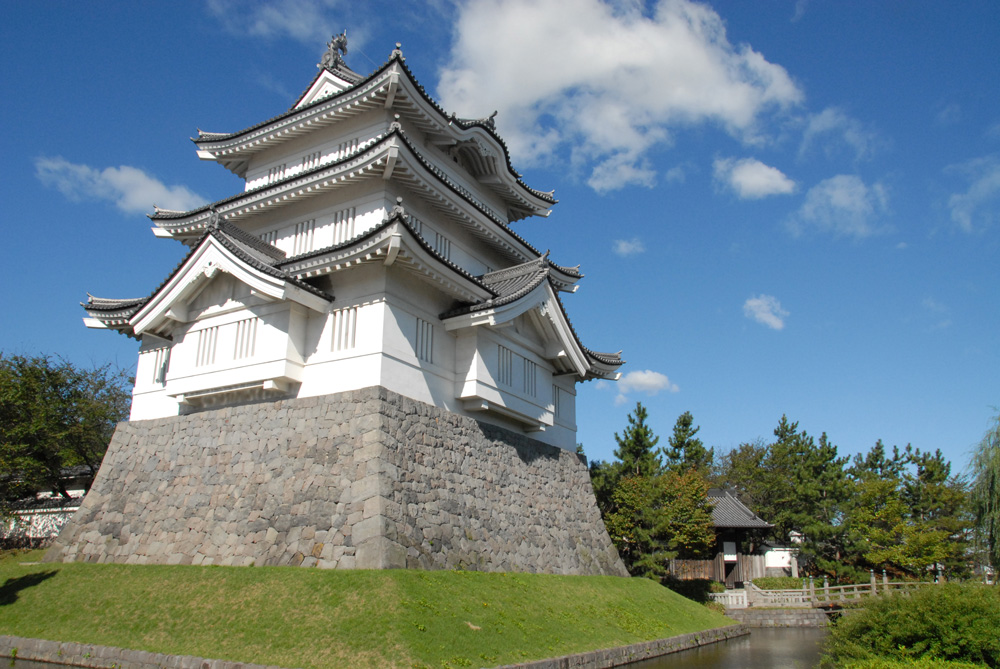
Oshi Castle is one of seven famous castles in the Kanto region, built during the civilization years of the Muromachi period. It is known as an “Uki-jō (Floating Castle),” as it is said to have endured the flooding of Ishida Mitsunari during Toyotomi Hideyoshi’s suppression of Kanto. The story of this castle was the model for the movie “Nobō-no-Shiro (The Floating Castle).” It is currently listed as one of Japan's Top 100 castles. The “Oshijyō Gosankaiyagura (Oshi Castle Three Story Turret)” was torn down during the Meiji period and rebuilt in 1988, with the inside turned into an exhibition room of the local museum, and a view of the entire city can be seen from the top floor.
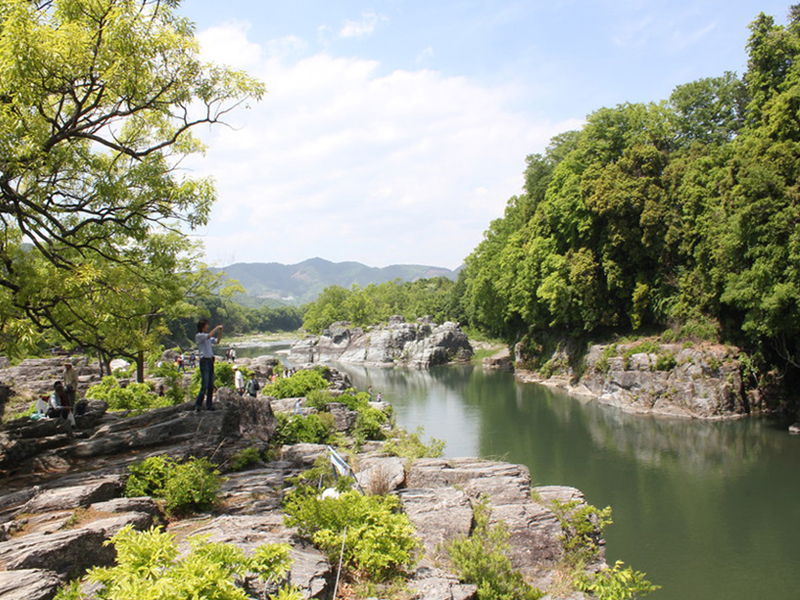
The Arakawa Line downstream boating in Chichibu Nagatoro allows you to ride upon the beautifully layered stone riverbed, which is designated as a national natural monument. It is a relaxing course with a couple of thrills along the way, but perfectly safe for children and seniors to enjoy as well. While listening to the boatman's entertaining speech, you can enjoy the cherry blossoms in the spring, the cool breeze in the summer, the beautiful colors of autumn, and the warmth of the kotatsu (heated table) boat in the winter. In other words, a perfect outdoor activity regardless of the season!
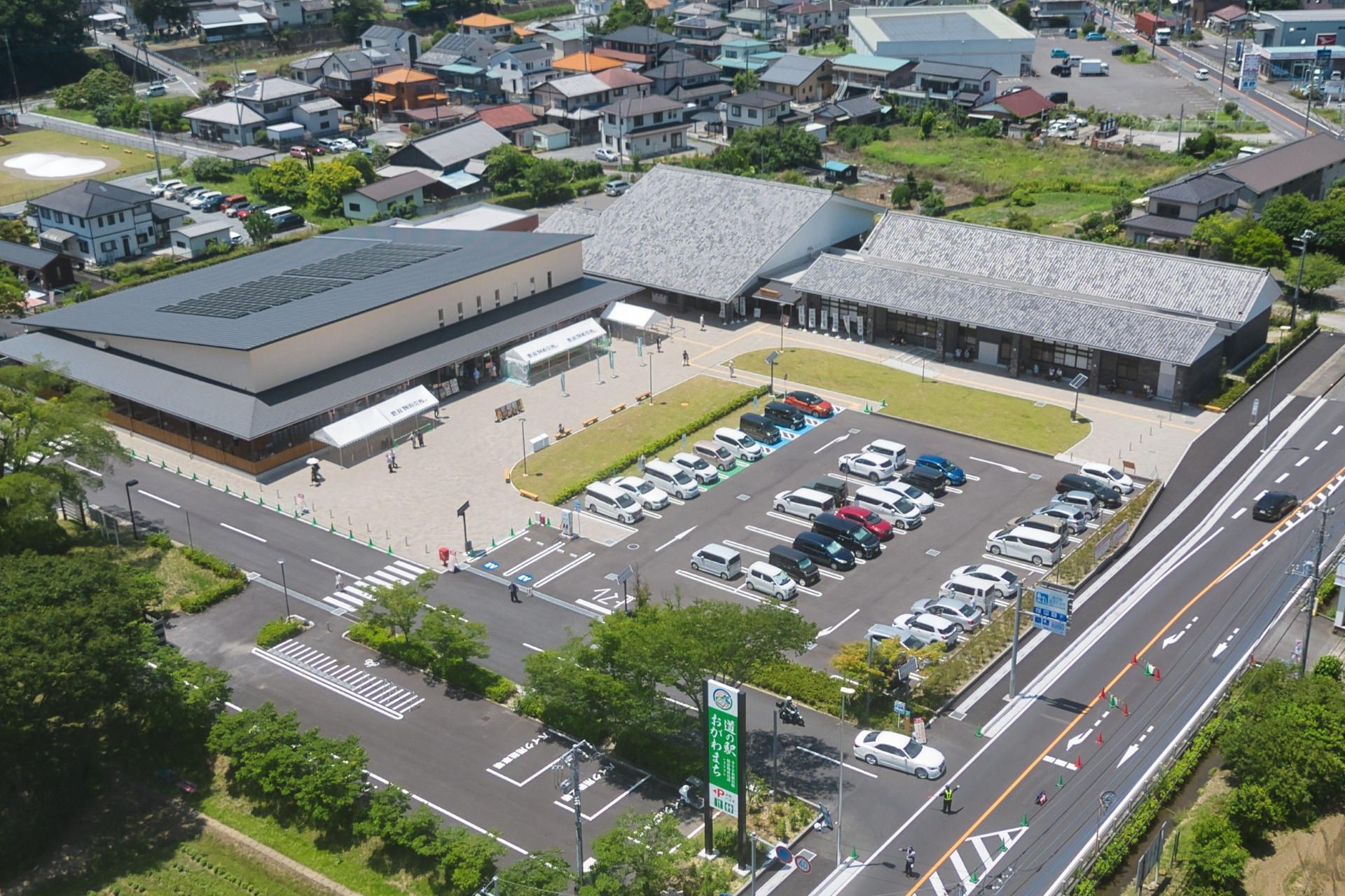
Reopening May 30, 2025: Roadside Station Ogawamachi is being renewed as a vibrant hub for cultural exchange and regional revitalization, centered around the theme of “Handmade Washi Paper and Organic Lifestyle.”
[Traditional Craft Area]
Try your hand at traditional papermaking, uchiwa fan crafting, and washi lantern making. Please visit our Traditional Crafts Facility page for more details. There’s also a washi exhibition room and a shop where you can purchase washi products.
[Local Industry Promotion Area]
Features a gift shop with local specialty products, a farmers' market selling fresh local produce, a cafeteria, and places to enjoy fast food and sweets.
[Community Plaza]
Includes a fun playground for children.
You can also rent electric bicycles for touring the surrounding countryside.
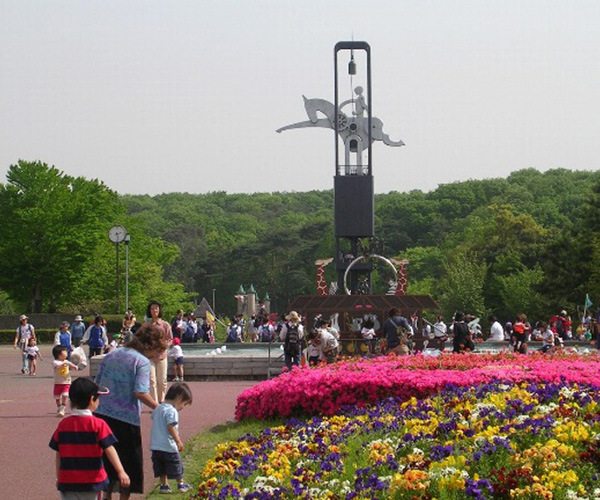
Sprawling out over the Hiki Hills, this 46-hectare site is home to popular animals such as giraffes, red pandas, and koalas, as well as an ecological park dedicated to Humboldt penguins, Penguin Hills. Also adjacent to the park are a walking trail and cross-country course. The zoo is the only place in Japan where visitors can see the small rodent, gundi, at the "Eco Houchoo" (Eco-friendly mouse house), the rabbit-like yellow-spotted rock hyrax, the world's smallest deer, pudu, and the quokka, which joined the zoo to commemorate its 40th anniversary. The Capybara Hot Springs, a winter tradition, is also very popular.
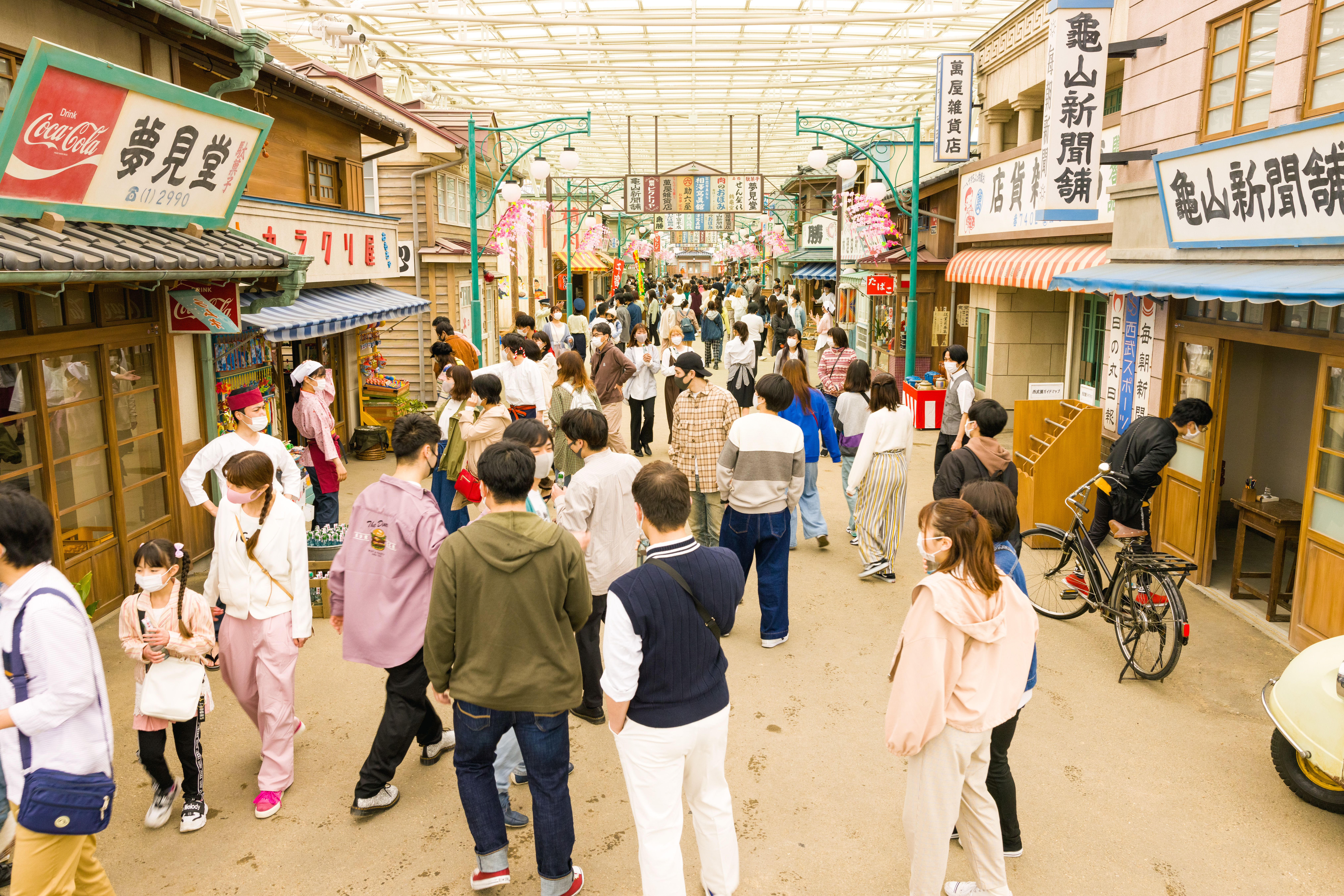
Newly reopened in 2021 with the concept: "A heart-warming world nestled in happiness." Find yourself in a world of wonder with high-quality replicas of retro townscapes, interactions with townspeople and spontaneous live performances, and delicious nostalgic foods. There are also new and exciting immersive light-up attractions for you to enjoy!
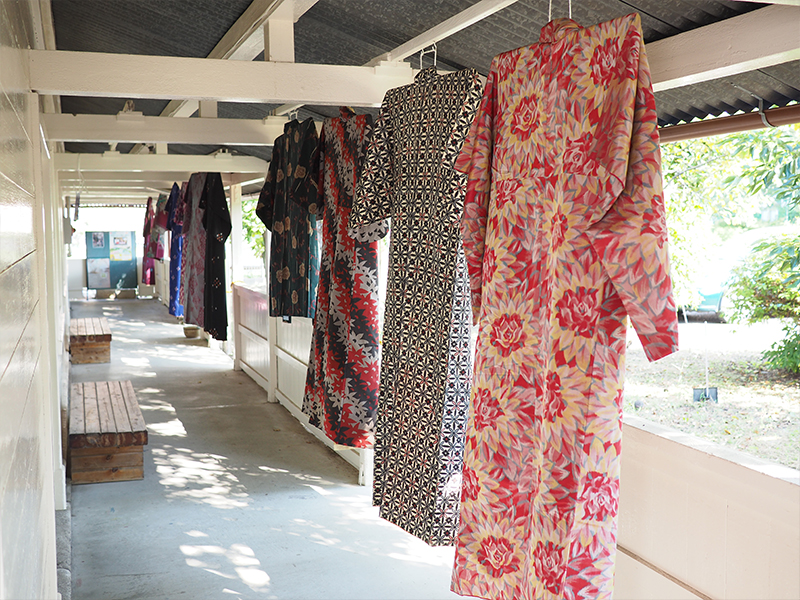
The building was built in 1930 and was registered as a Tangible Cultural Property in 2001. At the Chichibu-Meisen museum, you can learn about the history of Chichibu-Meisen, view the exhibits, and try your hand at stencil dyeing and weaving. All the equipment displayed in the museum is still in use, and if you are lucky, you can even see it in action.
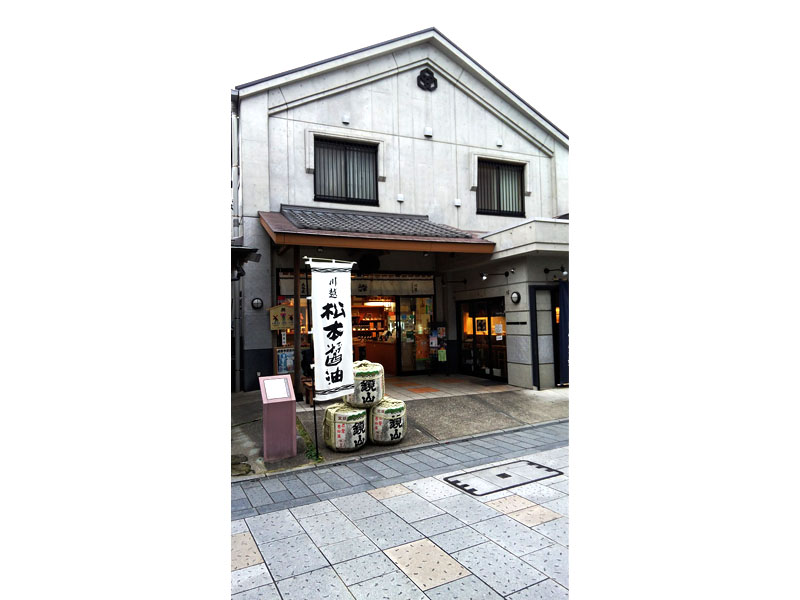
Matsumoto Soy Sauce Factory has been making soy sauce in Kawagoe for around 250 years. The brewery, established in 1764, still carries out production with traditional methods using 40 cedar vats that have been in use since the Edo period. At a tour of this soy sauce brewery, designated an important part of Kawagoe's city landscape, you can experience firsthand the tradition of soy sauce production.
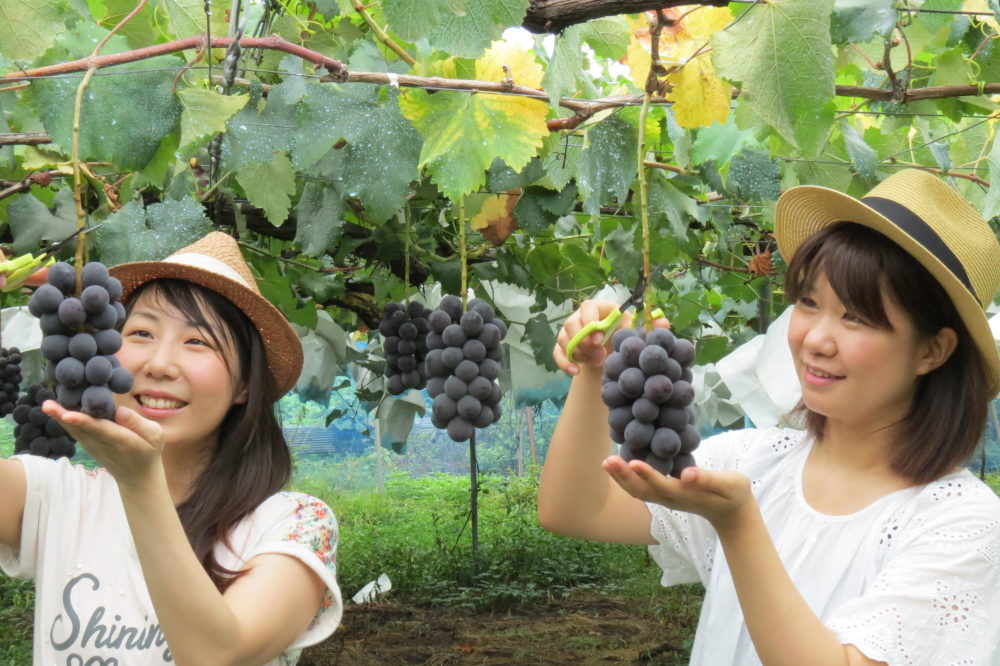
This facility consists of 12 groups of fruit farmers, with the closest station being Ashigakubo Station on Seibu Chichibu Line. You can find this collection of fruit farms, aka Fruits Village, by the southern slope of Hinatayama in the Ashigakubo district. Fruits are harvested all year round, with strawberries from early January to mid-May, plums from early July to mid-August, and grapes from mid-August to mid-October. The sweet taste of fully-ripened fruits and the clean air of the great outdoors is a special experience. We encourage you to stop by! There is also a restaurant, “Ashigakubo Fruits Garden,” a “Farming Village Park” with a 100-meter roller slide nearby, and many great courses for hiking.
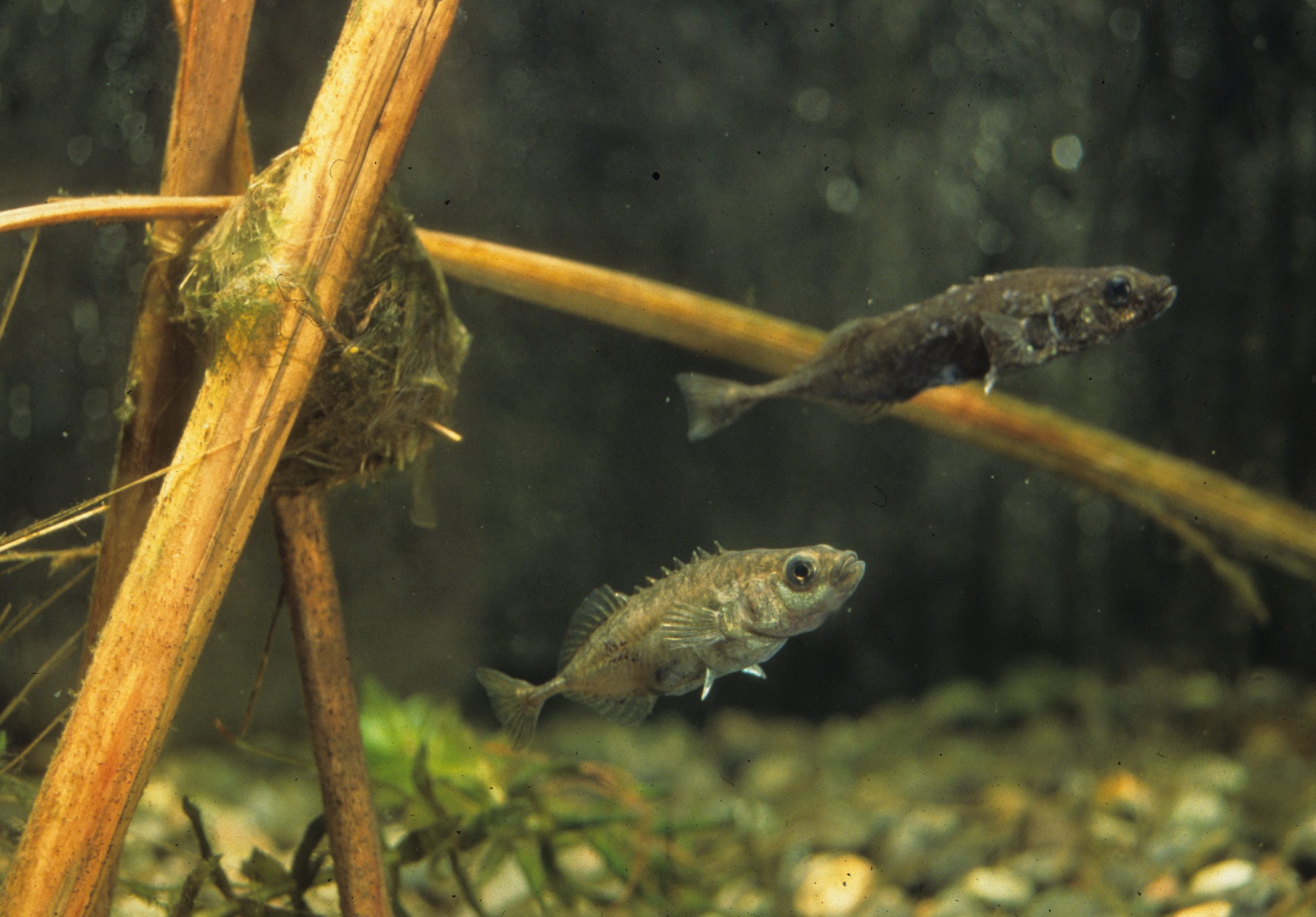
This aquarium features exhibits of approximately 70 different types of freshwater fish native to Saitama Prefecture that inhabit the upper stream of the Arakawa River to the region surrounding the mouth of the river. Among the highlights are the Tokyo bitterling, Musashi ninespine stickleback, and the waterwheel plant. (For more information regarding the facility, please refer to the URL below.)
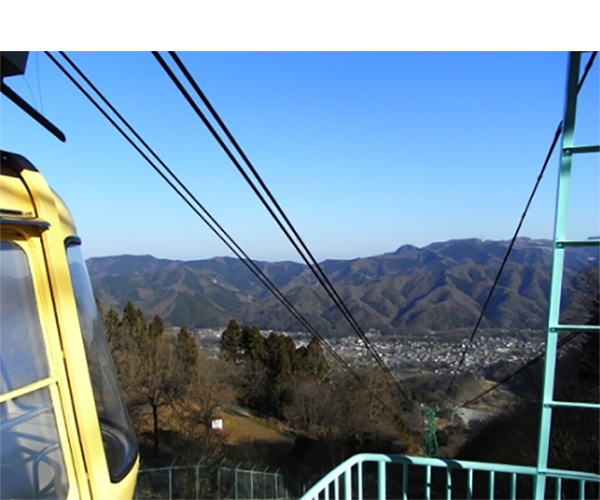
This ropeway was installed on Mt. Hodōsan at an altitude of 497 meters, connecting the 832 meter distance from Sanroku Station to Sanchō Station in 5 minutes. The two gondolas go back and forth between Sanroku and Sanchō Stations operating under a four-line crossing system. The gondolas’ names, “The Bambi” and “The Monkey I,” both originate from the popular Japanese macaque and deer that inhabit the small zoo on Mt. Hodōsan.
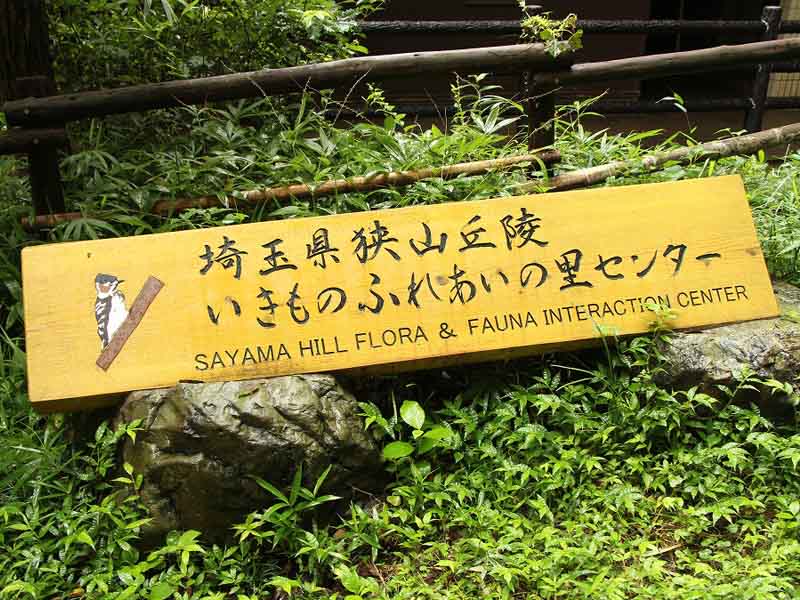
This facility utilizes the nature of Sayama Hills as an opportunity for us to interact with and think about our relationship to nature. There is an exhibition room, observation balcony, seminar hall, outdoor grilling space, and much more. There are also five themed spots on a hill adjacent to the center: Waterbird Paradise, Bug Forest, Wetlands Village, Tree Forest, and Butterfly Forest.
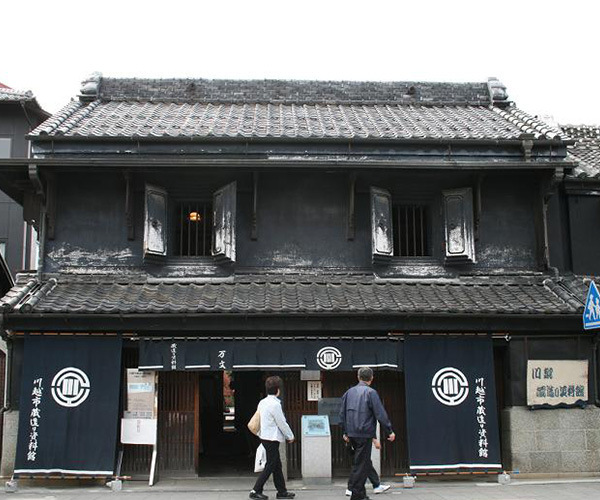
※The museum has been undergoing earthquake-proofing renovation since 2017, and is currently closed to the public. The Kawagoe Kurazukuri Museum was built by tobacco wholesaler Koyama Bunzō after the great fire in 1893 and designed referencing the few houses of Kurazukuri which survived the fire and merchant houses of the Tokyo Nihonbashi area. Visitors can tour the inside of the Kurazukuri houses of Kawagoe, where the atmosphere of the Meiji era can be felt to this day in the buildings' structure and design.
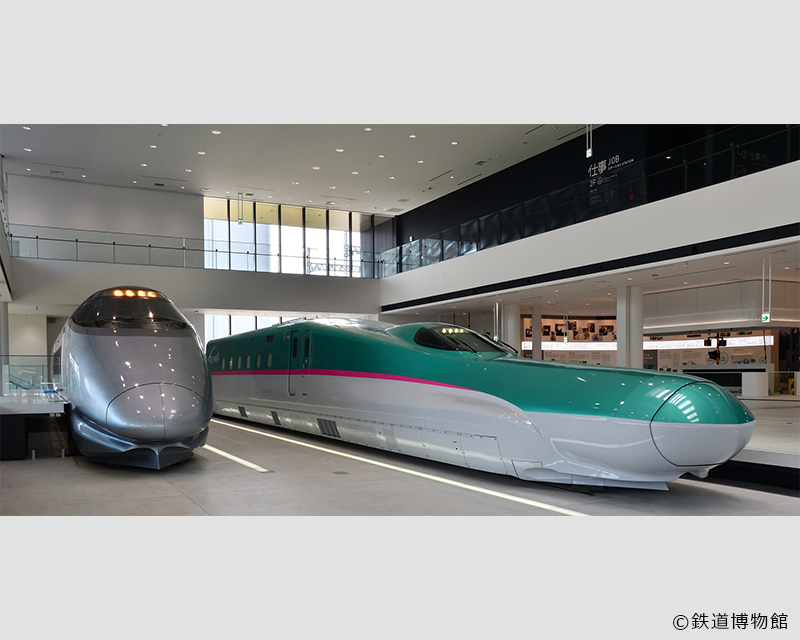
The railway museum opened on October 14th, 2007 in Ōmiya, Saitama as part of Japan Railways (JR) Group’s 20th-anniversary commemorative project. The South Building was newly opened in July of 2018, with the permanent exhibition of the main building renewed extensively. Through this renewal, the inside of the building has been divided into stations of 5 categories: rolling stock, history, job, science, and future, updating the museum to tell the rich story of the relationship between humans and railways from a unique and diverse perspective.
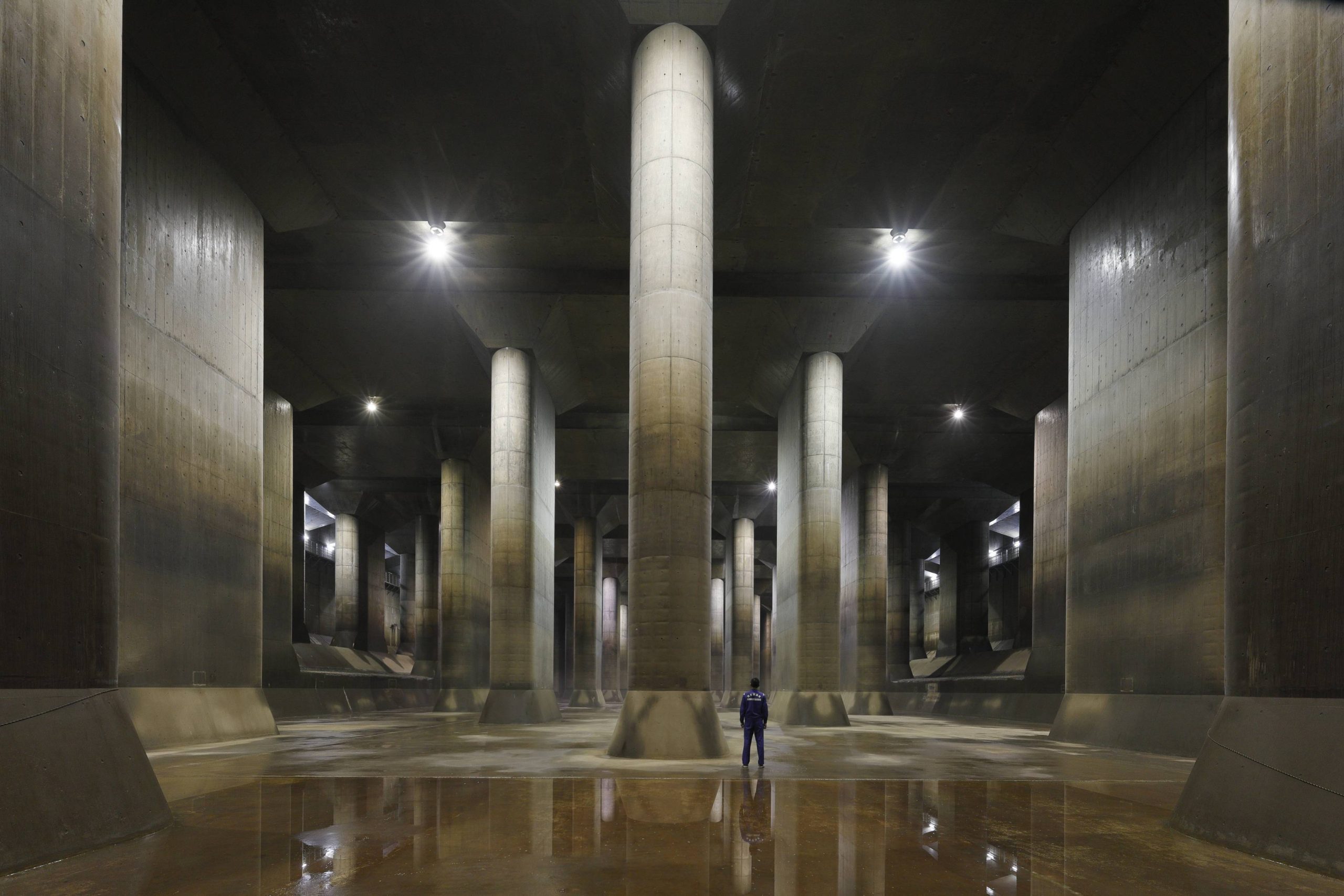
To help visitors learn more about the role of the regional flood control facility, “Metropolitan Area Outer Underground Discharge Channel,” we have increased the appeal of our tours and begun the second installment of this ongoing social experiment. In addition to the wildly popular tour of the surge tank, known as the "underground shrine," we have added secret passages, pump rooms, and sections of the gas turbine which will be opened to the public in 4 different courses. We encourage you to experience the grandeur of the “Metropolitan Outer Area Underground Discharge Channel.” Please check the URL below for details regarding tours and facilities. Notes on the reservation site: You can switch to English by clicking on the mark next to the earth symbol in the top right corner of a header section
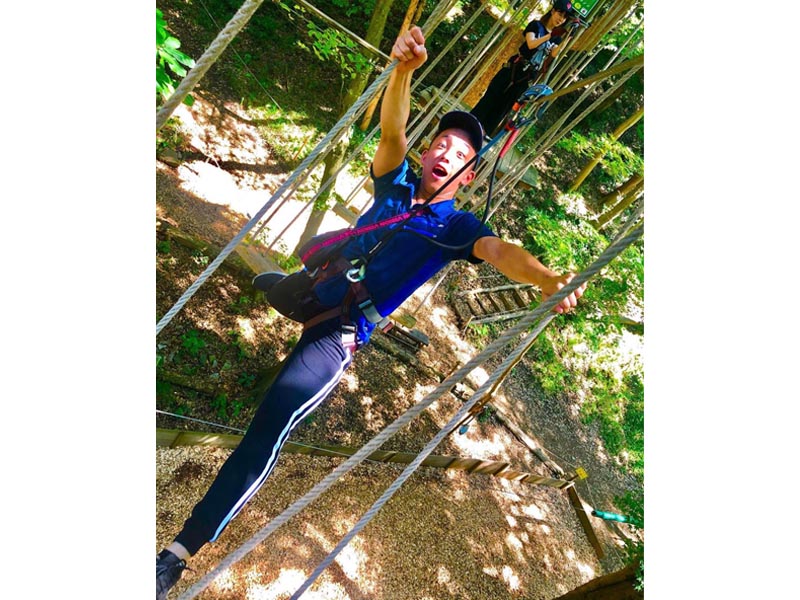
Located in Chichibu Muse park's "Forest of Sports," this is a facility that anyone can enjoy regardless of age! In a mix of planted and native forests, seven zip lines have been installed high above the valley, making it one of the largest parks in Japan. The park is for adults and children aged 10 years and older. The courses are set at high altitudes making this forest adventure particularly popular among adults!
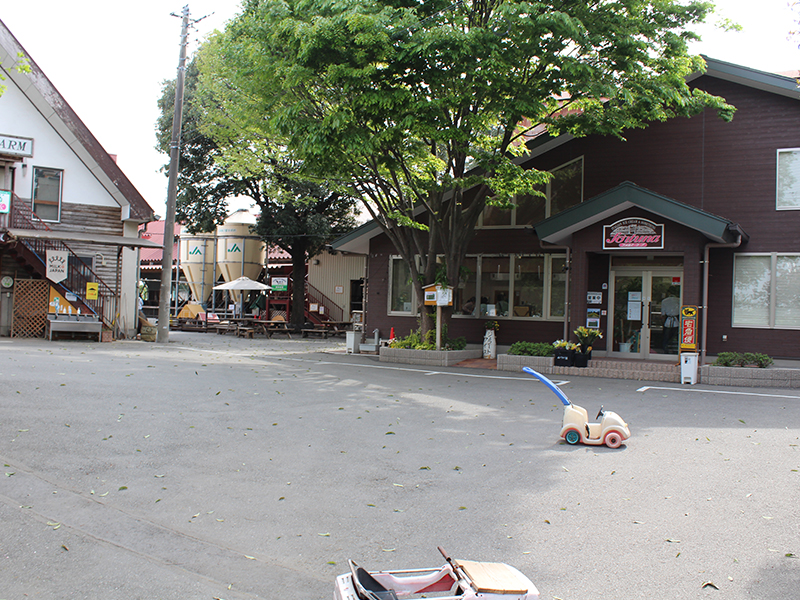
This dairy farm allows visitors to experience farm life and enjoy freshly made gelato ice cream and yogurt. In addition to dairy cows, the farm is home to a variety of animals, including chickens, Japanese Bantam (ornamental chickens), mini pigs, rabbits, guinea pigs, and more. Kids can also play with toy cars and tricycles donated to the farm by locals. Enjoy the view of the Arakawa River and its surrounding nature while tasting some of the best fresh gelato ice cream you've ever had. Enoboku, a miniature Hokkaido, hidden in the beautiful Ageo!
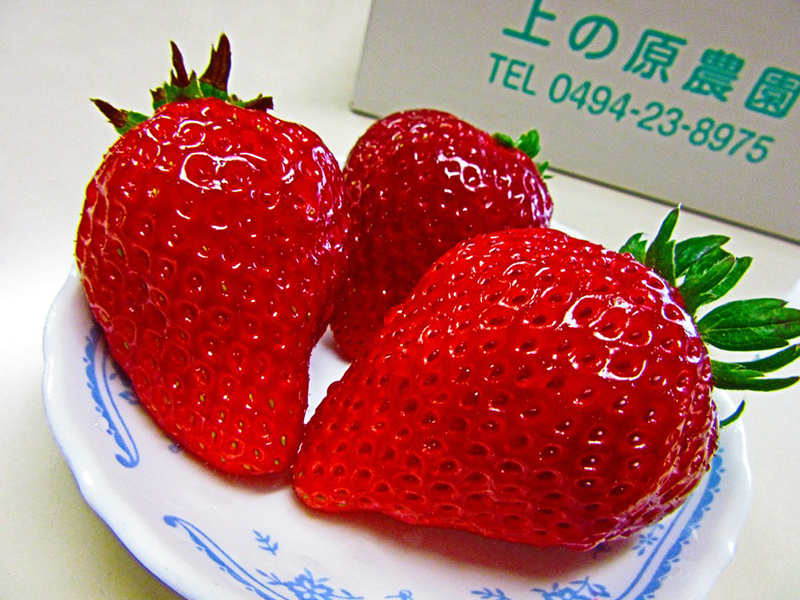
Enjoy the all-you-can-eat package at the farm, or pick and take the strawberries home instead! It's possible the all-you-can-eat will be finished depending on the season's harvest. All-you-can-eat varieties: Beni-poppe, Tochiotome, Yayoihime, Souvenir varieties: Amarin, Beni-poppe, Tochiotome, Yayoihime
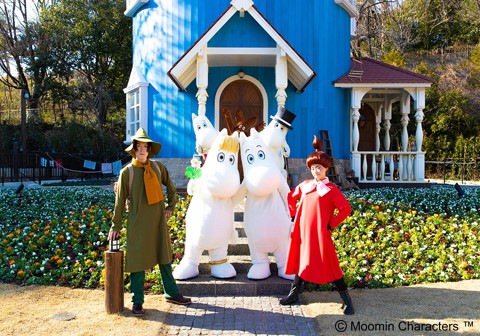
At the Moominvalley Park in Saitama Prefecture, based on the popular creation, ‘Moomins,’ by Finnish author and artist Tove Jansson, you can immerse yourself in the delightful world of Moomin and its popular characters. The first theme park of its kind outside of Finland, it was opened in March 2019 in Hanno, Saitama, and is easily accessible from Tokyo via train. There are four main attraction areas, featuring a variety of theater venues, a large three-story museum, a playground with Moomin landmarks that appear in the story, delicious restaurants, a cafe, and the world’s largest Moomin store! For additional fun, outside Moominvalley Park lies the Metsä Village, where visitors can enjoy a Nordic experience with shopping and dining options, relax around Lake Miyazawako in comfortable outdoor seating viewing the lake and surrounding forest, or take part in various hands-on activities. At Moominvalley Park, there’s fun to be had for everyone!
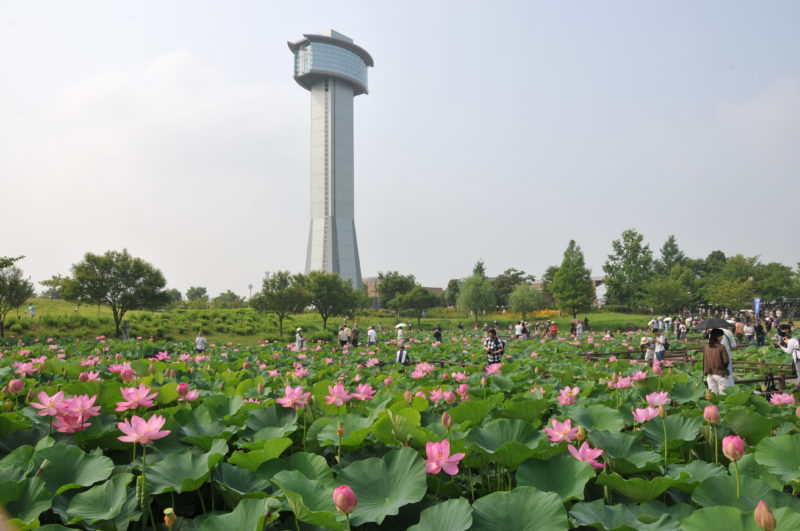
From mid-June to early August, 12,000 stocks of 42 different types of lotus flowers bloom on the surface of this lotus pond. The Gyōda lotus (ancient lotus) is a primitive form with few petals; it is said this variety of lotus is from about 1,400 to 3,000 years ago. Lotus flowers are best viewed midmorning. There are aquatic plant botanical gardens, aquatic bird lakes, peony gardens, plum tree groves, and a spot for flower viewing (hanami) cherry blossom trees, making it a place to go to feel the beauty of nature all year round. In addition, from mid-July to mid-October, rice paddy art is at its prime and can be viewed from the Ancient Lotus Hall’s Observation Room. The rice paddy art of Gyōda City started in 2008, with annual rice transplanting taking place with the help of several volunteers and participants. Not only are the designs original, but some have been featured in movies, TV shows, games. In 2015 it was recorded in the Guinness World Records as “the world’s largest (rice paddy art).”
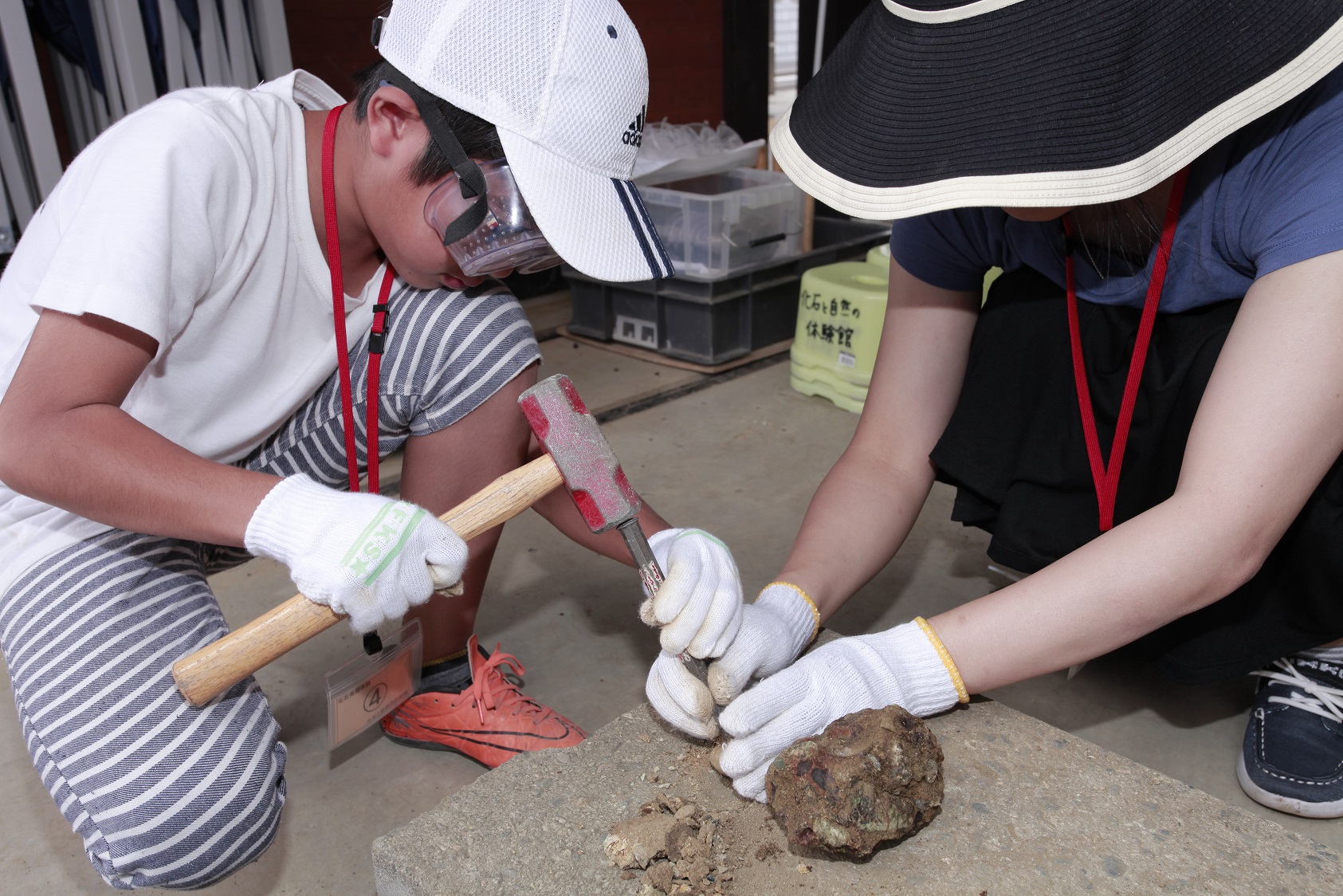
The Iwadonokyūryō (rocky hills) around this experience center are comprised mainly of the Toki River layer group, strata accumulated in the sea 10 to 15 million years ago, which contain a wide range of fossils. This experience center is the only facility in the prefecture where visitors can experience digging up fossils, such as shark teeth, from 15 million-year-old conglomerate rock. Together with the lecturer, challenge yourself to dig up fossils using a sieve, hammer and chisel! Most of the fossils you find can be brought home, with some exceptions. Since the fossil digging takes place inside the facility, activities can be enjoyed even on rainy days.
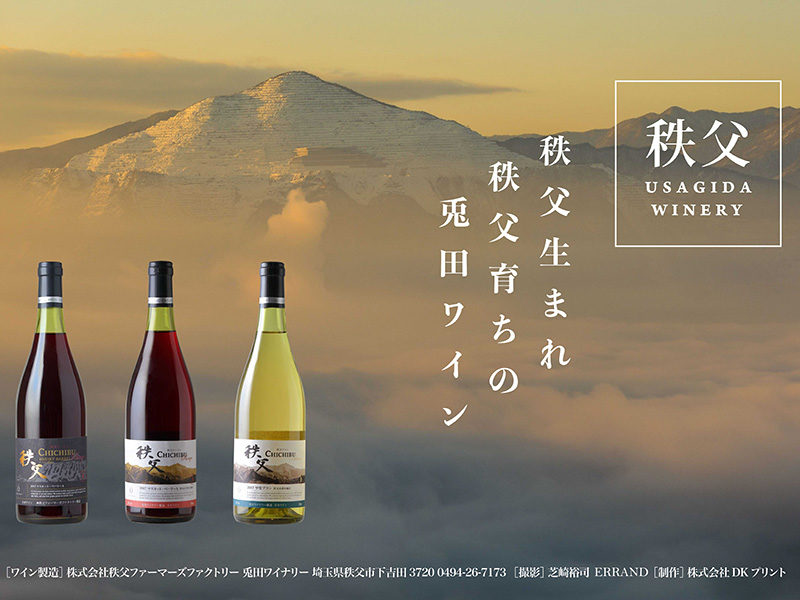
Tours of the wine factory and vineyard, free samples and sale of wines at the in-house direct sales store, and meals at the company-owned restaurant (business days specified) are available.
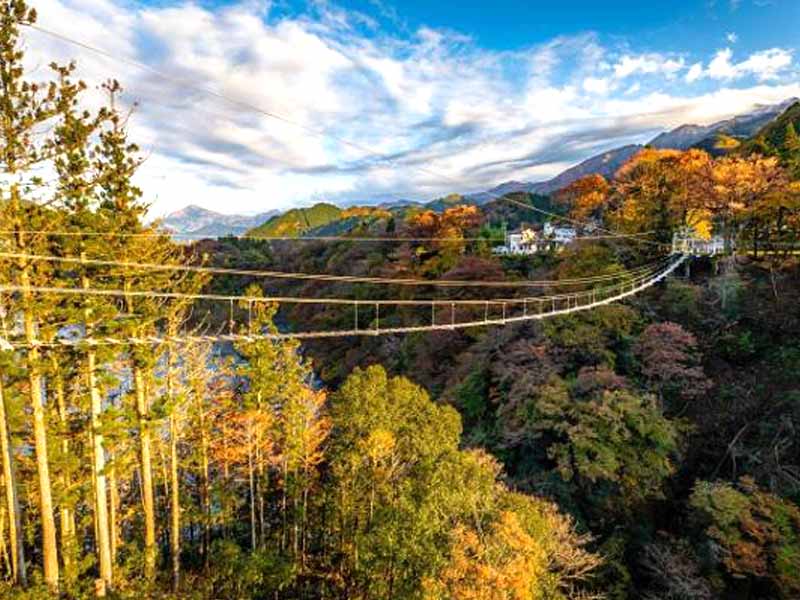
You can enjoy a variety of gravity-based activities from suspension bridges built on the banks of the Arakawa River using the piers of the former Shirakawa Bridge. Wear a harness and walk on the suspension bridge, cross the Arakawa Valley while connected to a cable, or swing over the valley on a trapeze! You can even bungee jump! Enjoy the great outdoors of the Arakawa Valley while taking part in many thrilling activities!
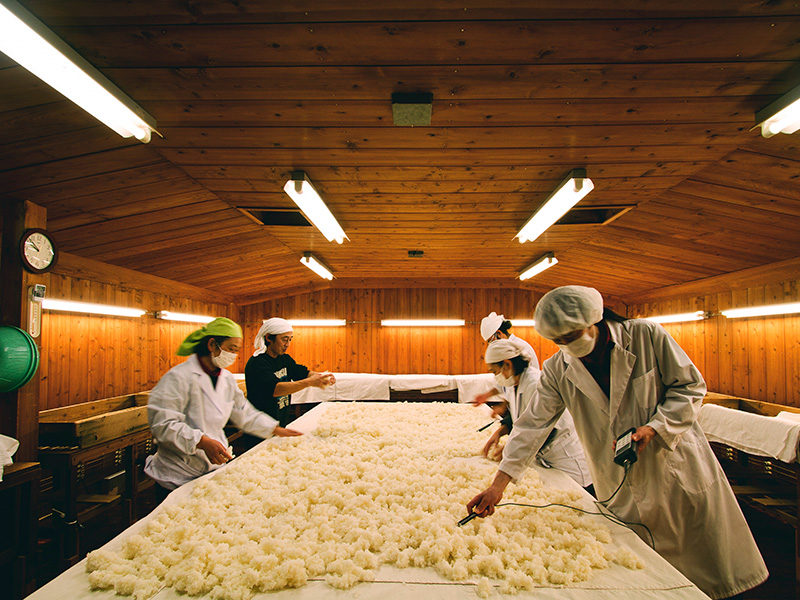
Established during the late Edo Kaei era (1850), Japanese sake, ume liqueur and sake lees are sold at this old-fashioned sake brewery and Taishō period store. Visitors can enjoy a cozy experience that can only be had at a small brewery. If touring the brewery, you will also get a small sake cup as a present. You can taste and compare various alcohols kept at different temperatures, and sake tasting games are also on the menu. Please consult with us regarding the content experience and pricing. Tours are held regardless of the season, but sake is prepared during the winter. There are times when it is difficult to hold tours during the sake preparation season.
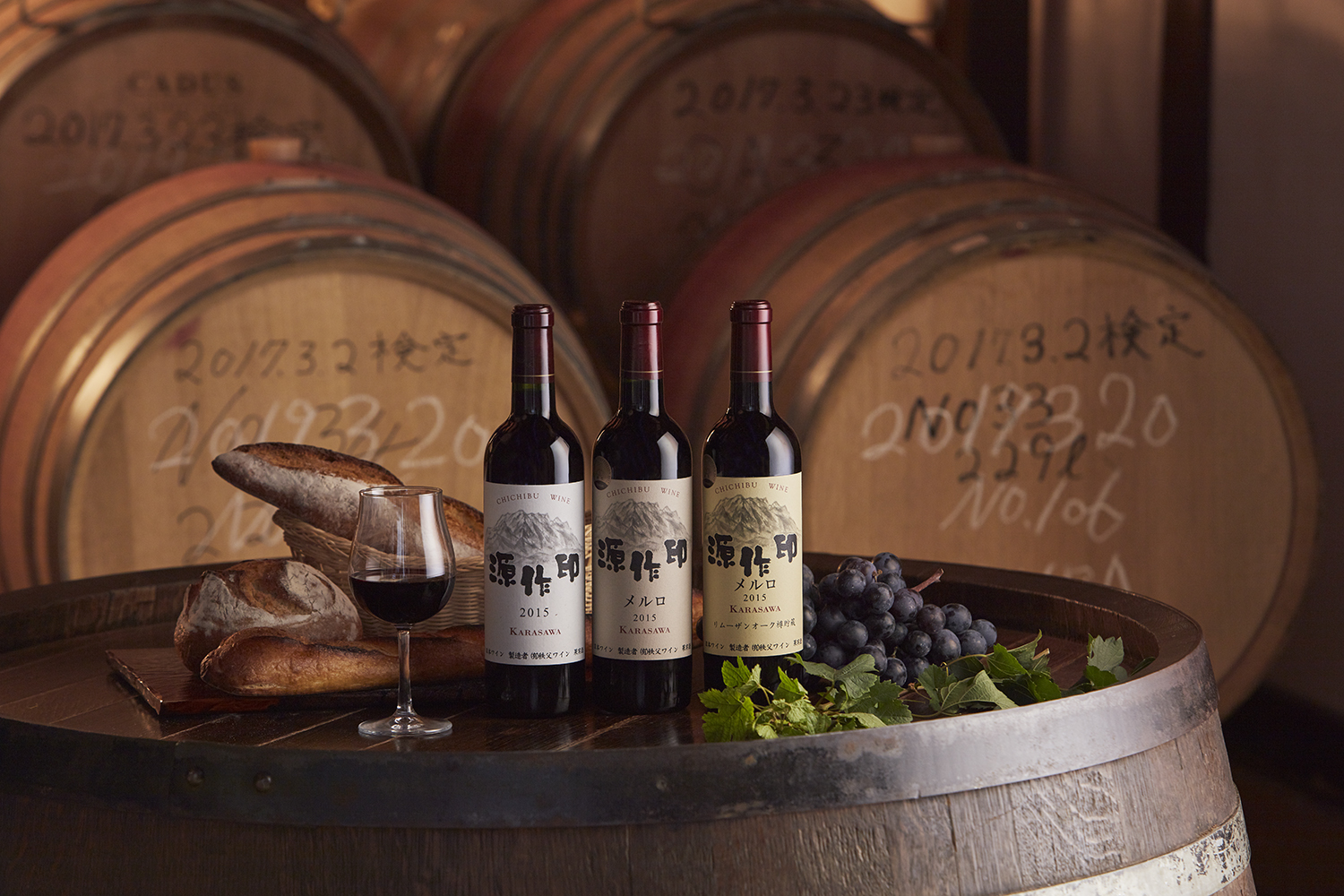
Founded in 1940 by Gensaku Asami, Chichibu Wine is the oldest winery in Saitama. Known for its award-winning wines and deep local roots, it gained early recognition when a French priest compared its wine to Bordeaux. Visitors can enjoy tastings and learn about the winemaking process on-site.
This site uses cookies to improve the user experience. If you continue to browse, you consent to the use of cookies on this site. Accept
CONTACT
